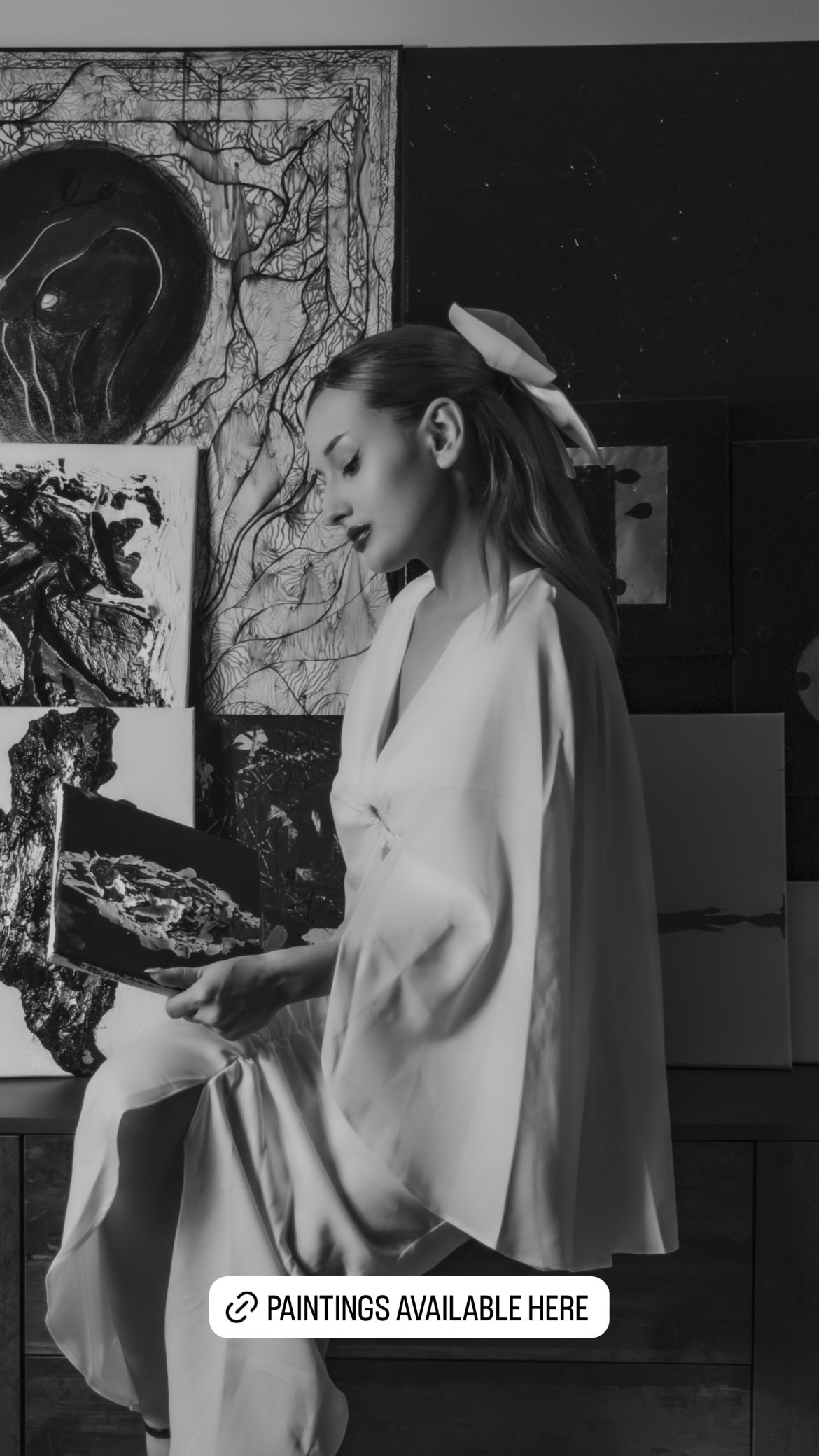The Art of Crafting Letters and Poems: A Designer's Perspective
- Ava Blanche
- Aug 20, 2023
- 2 min read
Being a person that writes letters and poems often, I feel often trapped into this repeating cycle of the same activities, which people do not truly get out of.
In a world fueled by digital communication, there exists an art form that holds a timeless charm – the art of writing letters and poems. As a graphic designer with an appreciation for the aesthetic, I've come to recognize the profound impact that thoughtful design elements, like the choice of paper, can have on these expressions of emotion.
In the age of instant messaging and emails, the act of putting pen to paper may seem antiquated, but it carries a sense of authenticity and intimacy that digital communication often lacks. As someone who frequents this practice, I find that it breaks the monotony of routine and offers a unique channel for self-expression.
Writing letters and poems is not merely about conveying words; it's about evoking emotions, painting vivid imagery, and building a tangible connection between the writer and the recipient. This is where the graphic designer in me awakens. Just as I pay attention to layout, typography, and color in my professional work, I approach crafting letters and poems with the same level of consideration.
One aspect that often goes unnoticed but holds immense significance is the choice of paper. Each paper type brings its own character to the composition. Whether it's the warmth of aged parchment or the rough texture of handmade paper, the paper becomes a canvas that amplifies the sentiments within the words. As a Publication Designer, I've learned that the medium is just as important as the message itself. The tactile experience of holding a well-crafted letter can heighten the emotional impact, creating a multisensory journey for the reader.
From a designer's perspective, the layout of the words on the page takes on new meaning. Just as in visual design, the balance between negative space and text can influence the reader's interpretation and emotional response. The careful consideration of line breaks and spacing can lend rhythm to poetry, while the arrangement of paragraphs can guide the reader's eye in a letter.
As an individual who wears both the hat of a designer and a writer, I find that these creative outlets converge beautifully in the realm of writing letters and poems. It's an opportunity to fuse design principles with personal expression, crafting a tangible piece of art that encapsulates emotions and memories.
In a world where haste often reigns supreme, taking the time to write a heartfelt letter or poem can be a powerful act of slowing down and connecting with oneself and others. So, let us not underestimate the impact of these seemingly simple gestures. They hold the potential to awaken dormant creativity, kindle lasting connections, and infuse our lives with the beauty of authentic, human interaction.





Comments